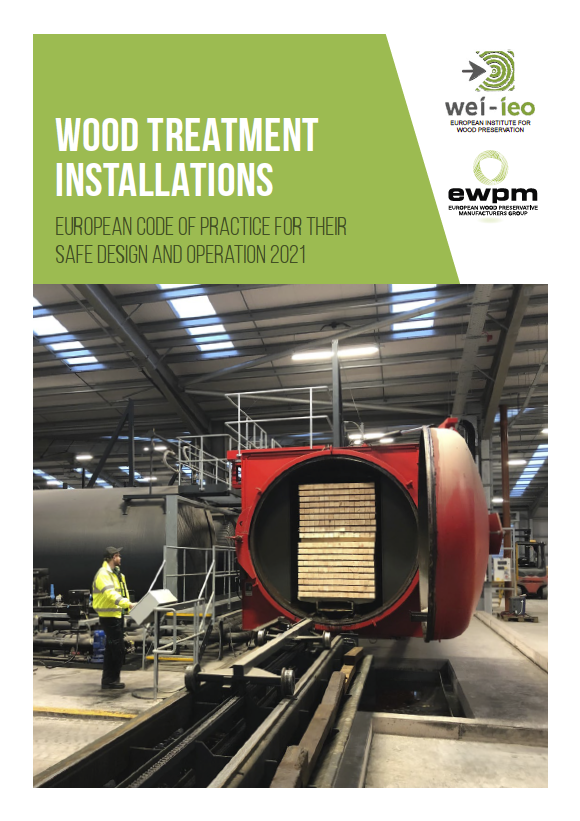Industrial wood treatment plants store and use large volumes of preservative concentrate and ready-to-use solution that, like in any other chemical process, pose a risk to the environment if an accident or poor site management leads to an escape of liquid preservative. Preservative solution may also drip from freshly treated packs and, over time, poses a risk if not contained.

A Code of Practice, (COP) for the design and operation of treatment plants has been published by WEI with the European Wood Preservative Manufacturers Group (EWPM) that sets out both the principles and practice of plant operation that, if followed, will ensure that the risk of preservative contamination of air, water and soil is minimized or eliminated. Treatment plants operated by responsible companies already conform to the requirements of the Code of Practice and have a record of safe operation that underpins the reputation of the industry for delivery of the benefits of wood treatment without risk to the environment.
Treatment plants in Europe are subject to regulation by authorities in each state in accordance with strict criteria and those operating in accordance with the WEI/EWPM Code of Practice need little if any additional controls to meet the highest environmental CO2 protection rules in the world.
Treaters also have a responsibility for the treated wood products placed on the market regarding quality and marking of the products.